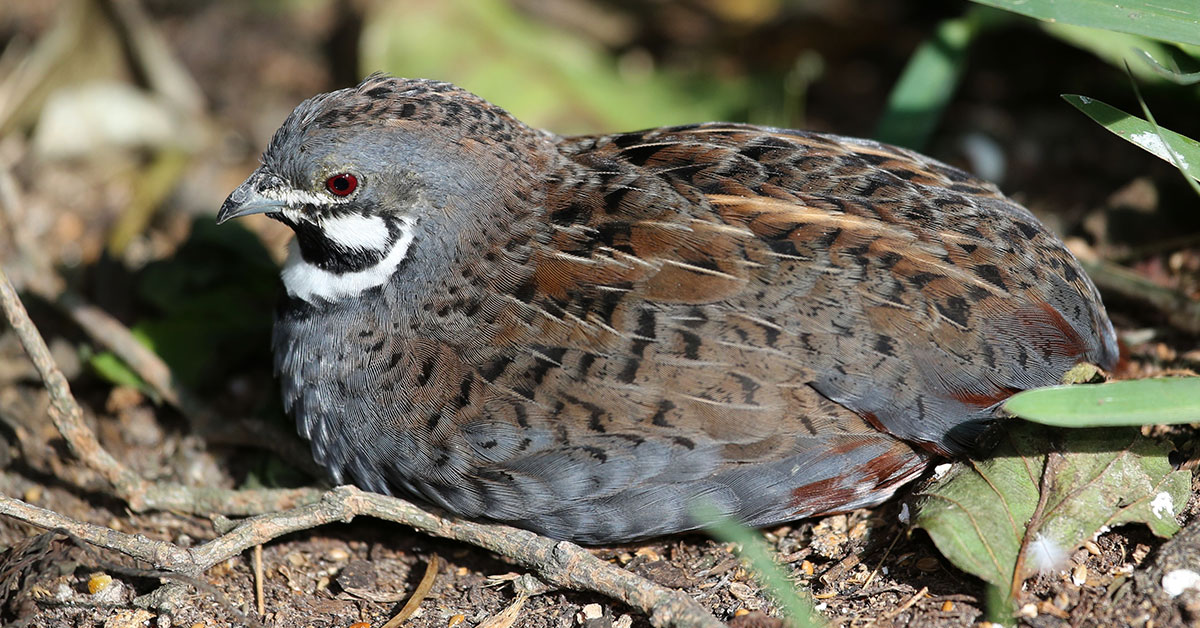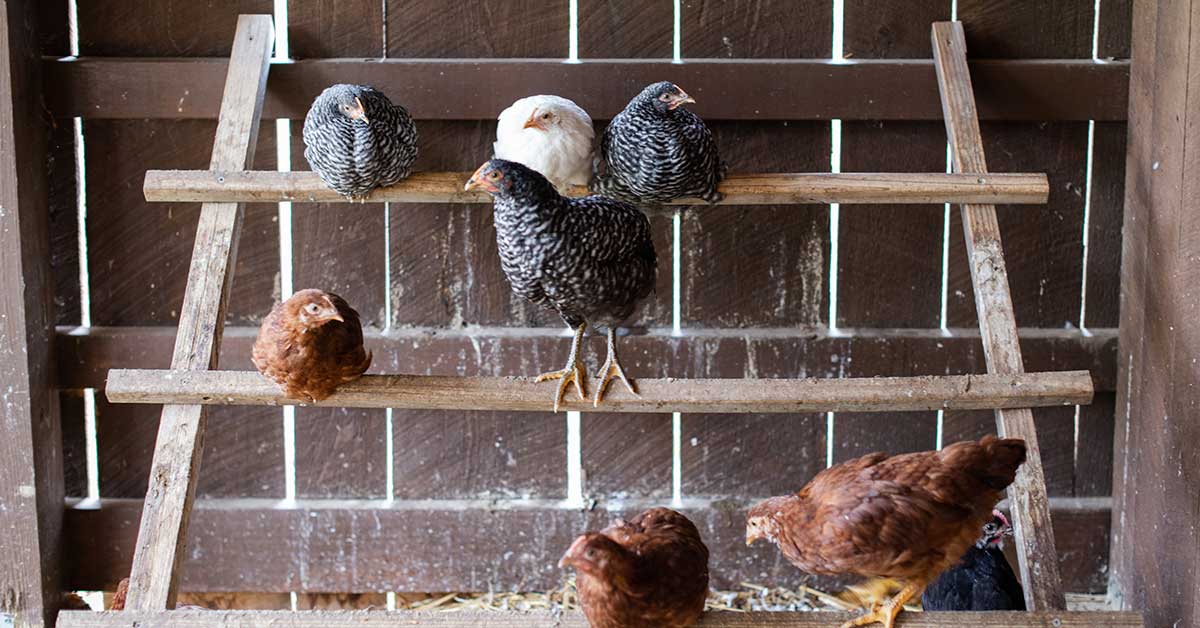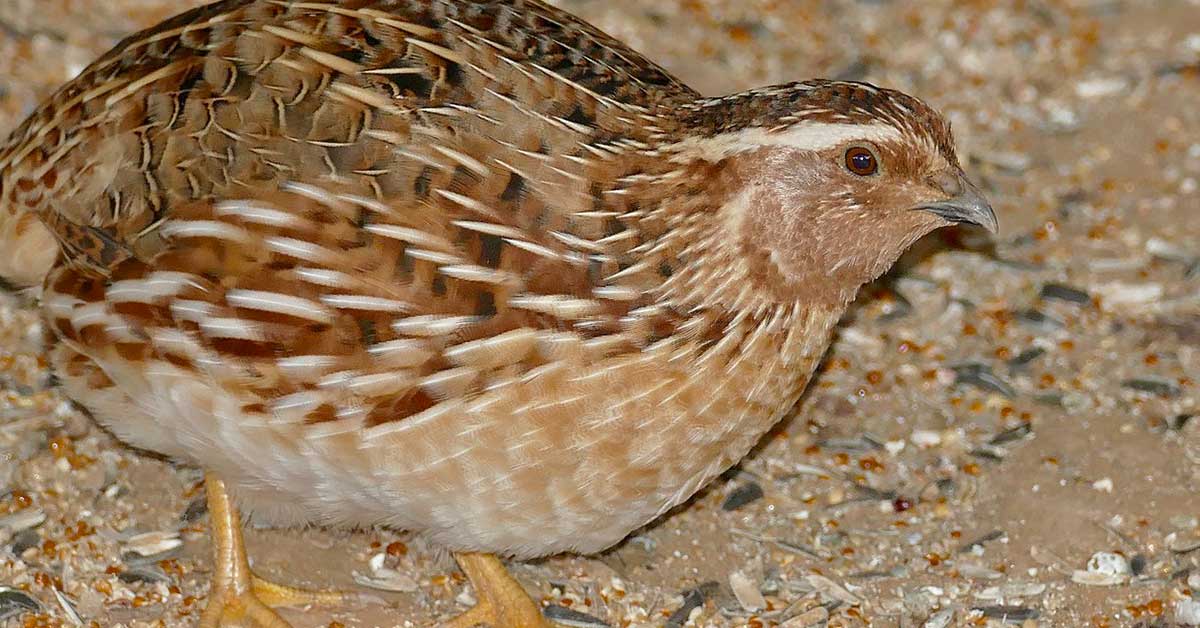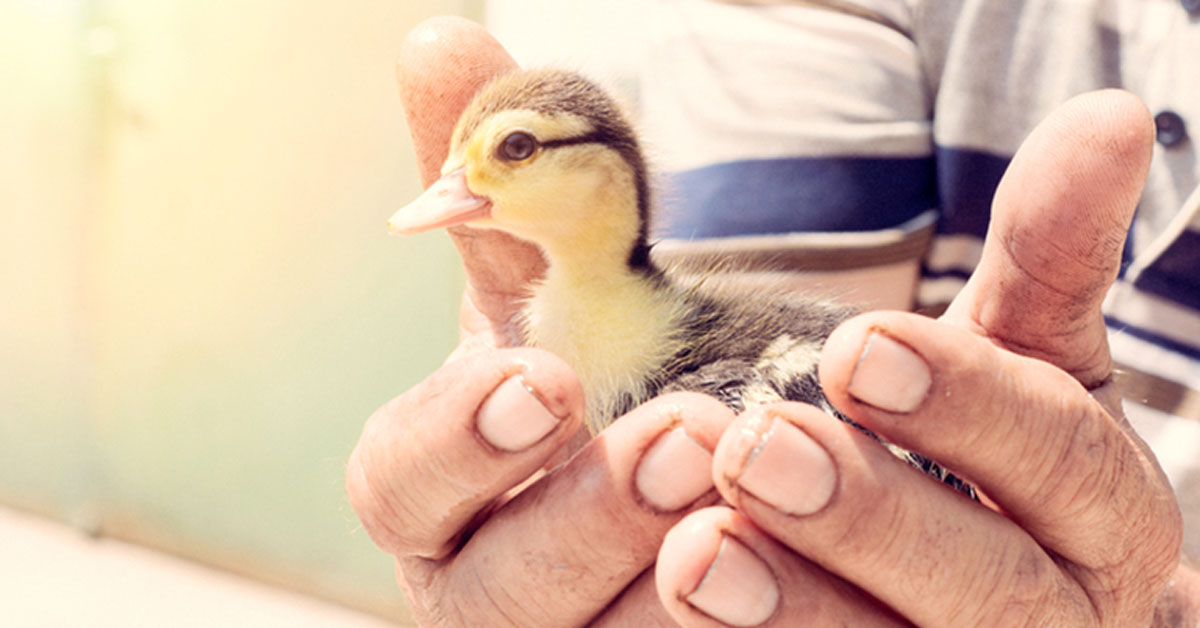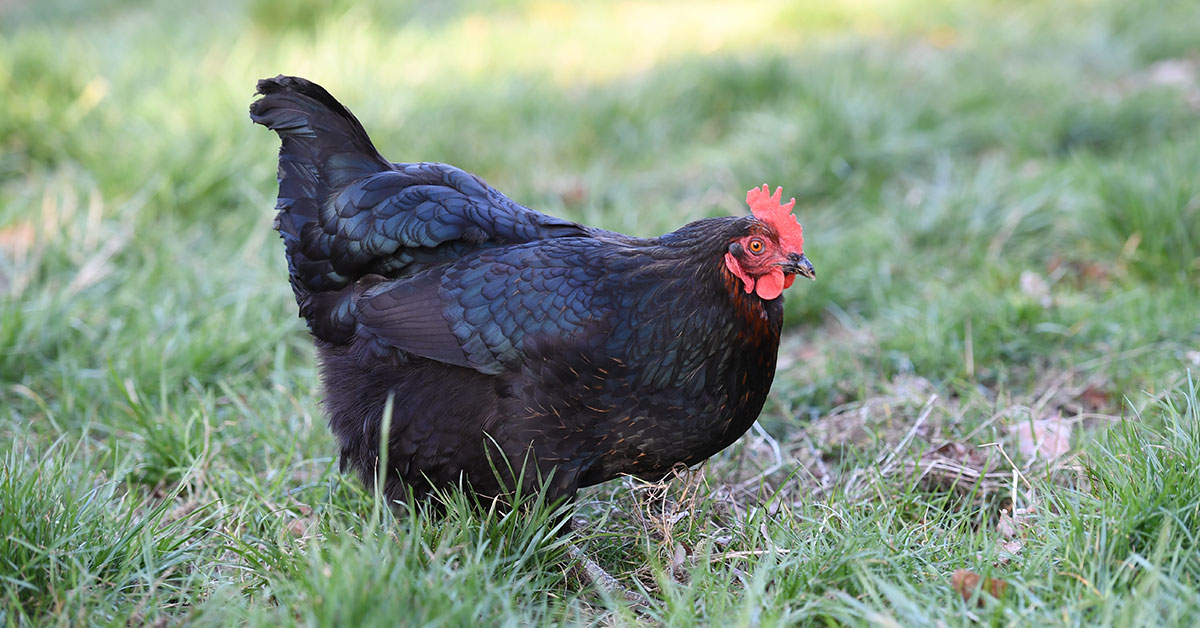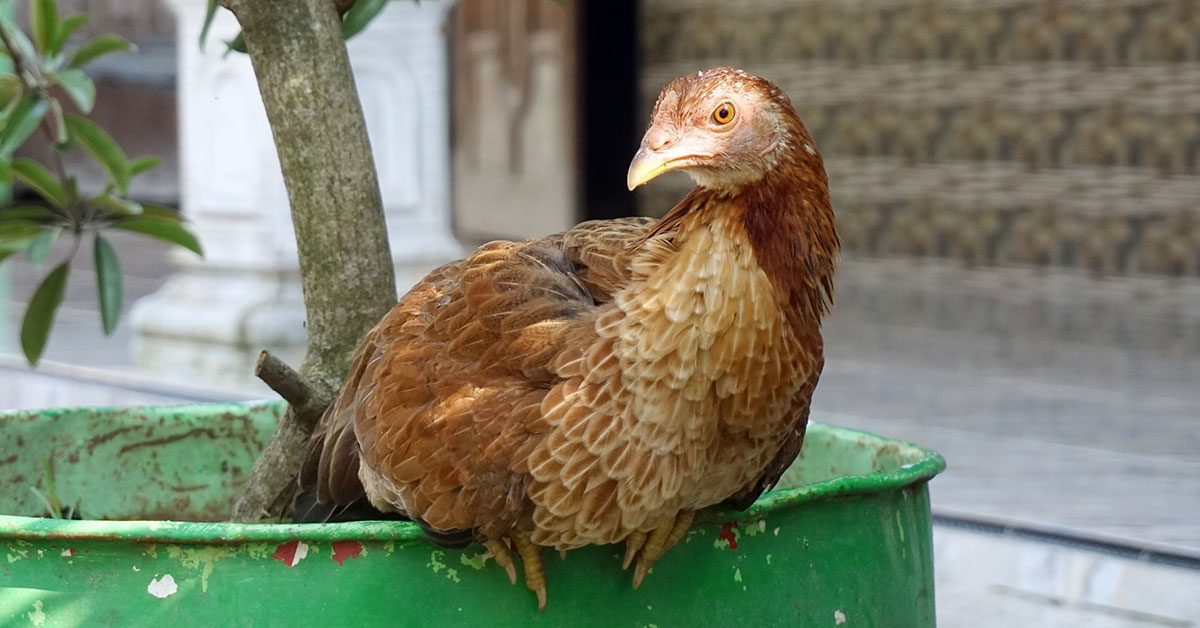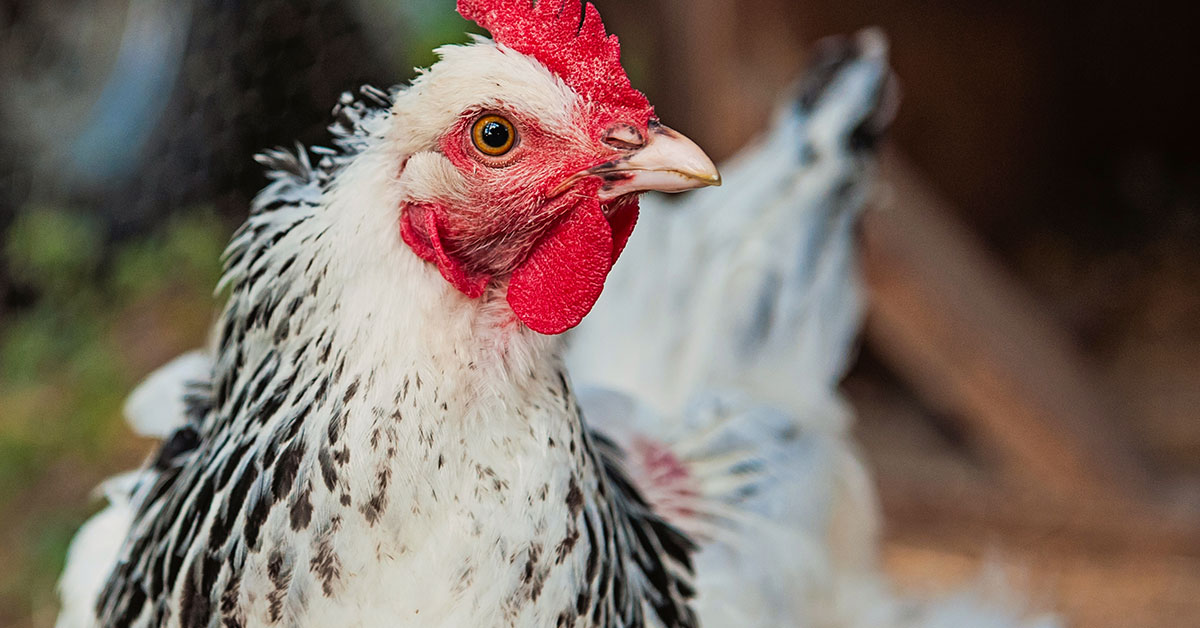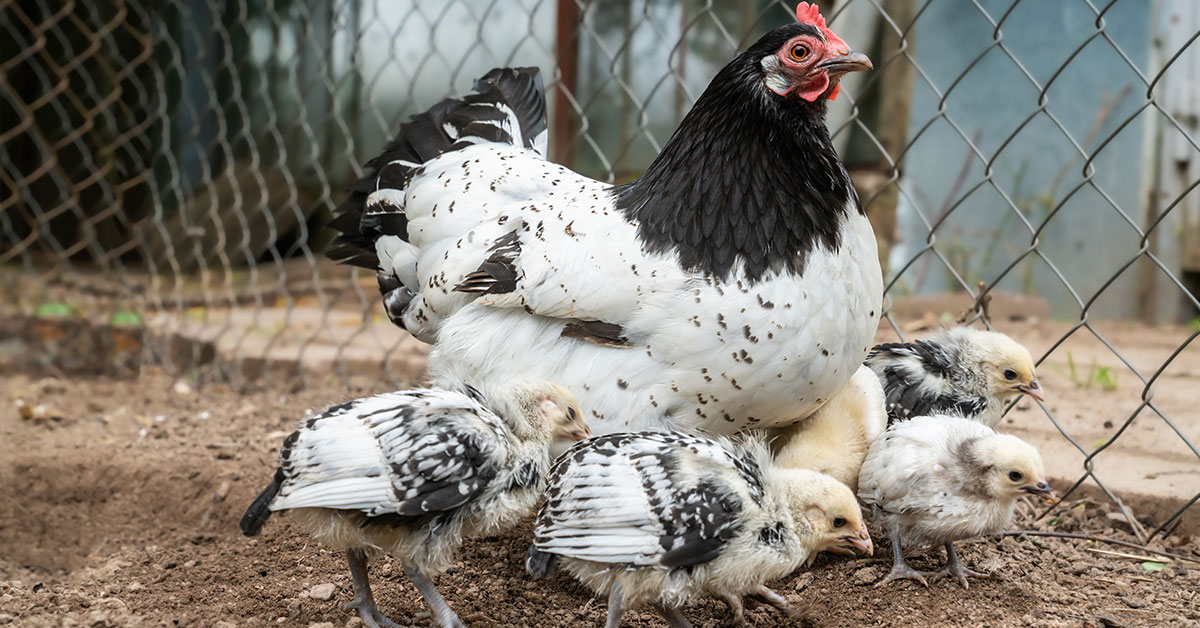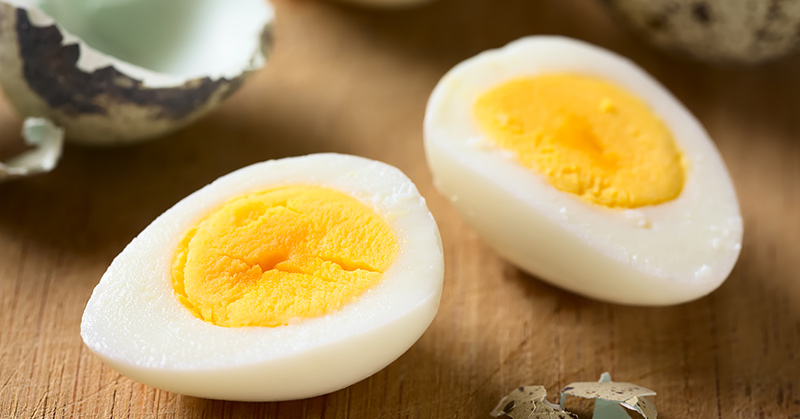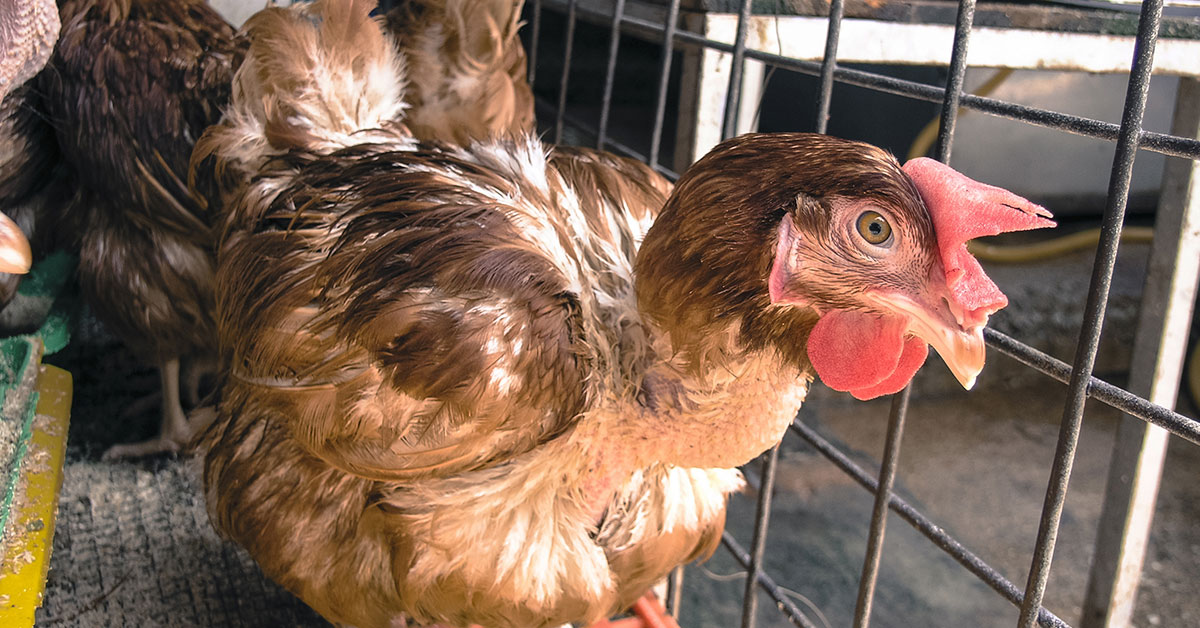Backyard chicken keeping is an increasingly popular hobby that is experiencing a resurgence. More and more cities are rolling back ordinances that prevent keeping chickens on your property, leading to an uptick in interest. There are hundreds of different types of chickens to choose from – hybrids, heritage breeds, crosses. One of those breeds is the Bielefelder Kennhuhn chicken, a relative newcomer on the chicken scene and one with a funny-sounding name, but it is definitely a good chicken to get to know.
All about Bielefelder Kennhuhn chickens
When it comes to picking the right breed of chicken for your home or farm, knowing the basics of the breed will help you make that decision. The Bielefelder chicken is a relatively new breed and not too well known, so it’s important to have all the facts about this nifty new breed of chicken before we order chicks.
- Other names: Bielefelder, Bielefelder Kennhuhn
- Appearance: Brown, barred feathers
- Origin: Germany
- Temperament: Docile
- Noise: Quiet
- Purpose: Eggs and meat
- Maturity: 20 weeks
- Eggs per year: 220+
- Egg color: Brown
- Egg size: Large
- Size: Large
- Hen weight: 8-10 lbs
- Rooster weight: 10-12 lbs
- Broody: Rare
- Sex link: Yes
- Lifespan: Unknown, likely average
- APA Recognized: No
The Bielefelder Kennhuhn chicken, Bielefelder for short, is a relatively new breed of chicken created in the 1970s in Germany. It has brown feathers with a spotted barred pattern. It is well known among breeders as being a very quiet, extremely docile breed of chicken. They are a larger breed, meaning they take a bit longer to age to maturity and lay eggs – they begin laying at around 20 weeks as opposed to 16 weeks, as is the case for many heritage breeds.
In terms of production, they are said to range from 220 to 280 large, brown eggs per year, making them among the most productive breeds of chicken. They’re an excellent meat bird as well, with hens weighing up to 10 pounds and roosters weighing closer to 12 pounds. They are auto sexable chickens, meaning the chicks can be sexed based on their appearance after hatching. Hens are rarely broody, and at this time, their lifespan isn’t well known but is probably about average for a chicken, 7-10 years.
History of Bielefelder chickens
I am pretty fond of German engineering in general, and the Bielefelder chicken is a shining example of that engineering, at least as it applies to poultry. The breed was developed, unsurprisingly, in Bielefeld, Germany in the 1970s by a poultry farmer named Gerd Roth.
It was bred by combining the genes of New Hampshires, Cuckoo Malines, Amrocks, and Wyandottes. The chicken was first imported to the United States in 2011. Despite being new and not APA-recognized, the Bielefelder breeds true generation after generation.
Temperament
Beielefelder chickens are loved by those who keep them because of how docile, gentle, and quiet they are. They may be one of the best birds to keep for a family that has young children.
When it comes to roosters, and this applies to just about every breed of chicken, if you treat them with respect and are kind, they will typically return the favor. Knowing their boundaries and reading their body language is important. If, despite all your best efforts, your Bielefelder rooster won’t stop being aggressive, it may be best to remove him from the flock and look for a nicer rooster.
Purpose
The Bielefelder chicken is a very large breed of chicken, with hens topping out at 10 pounds and roosters growing to up to 12 pounds. They also lay 220 or more large, beautiful brown eggs per year. Some report as many as 280 eggs per year, which makes the Bielefelder chicken among the more productive breeds, especially when you account for its size and egg-laying combined.
Breed standards
The Bielefelder Kennhuhn’s breed standards are minimal at this time. They are known to have a large, single comb and red ear lobes and wattles. They are also sex link chickens, meaning the chicks’ sexes can be differentiated based on their color at hatch time. More on that a bit later in this article.
Coop and run
Chickens tend to pick up bad behaviors when their coop and run aren’t up to their standards, so making sure you have the appropriate cook and run for your Bielefelder chickens is vitally important.
Beielefelders like to have plenty of coop and run space to go about the business of being a good chicken. The more space you can provide them, the happier they’ll be and the more eggs they’ll lay. Beielefelder chickens should be provided 10 or more square feet of free-range area per bird.
Chicken runs and coops should be kept properly cleaned out and provided fresh straw regularly. At least one nest box per laying hen is preferred, although they can tolerate “buddying up” and laying eggs in the same nest box. These chickens are known to wander some and will occasionally find creative places to lay their eggs.
Common problems
Bielefelder chickens are hardy, healthy, and fertile chickens in general. Like most heritage breeds, they aren’t prone to many unusual health conditions, though normal parasitic pests like mites and lice can affect their health. Some have reported that the chickens have trouble with extreme cold, but reports vary.
Breeding Bielefelders
Breeding your Bielefelder chickens doesn’t differ significantly from breeding other types of heritage chickens. Providing your hens access to a Bielefelder rooster and allowing nature to take its course will yield healthy, strong chicks. A ratio of 10 hens for every rooster will typically yield good fertility rates. You can allow a broody hen to sit on her eggs or hatch them in an incubator, but Bielefelders aren’t known for being very broody. A quick guide to hatching in an incubator:
- Incubation time: 21 days
- Incubator temperature: 37.5°C (99.5°F)
- Incubator humidity: 40-50%
- Egg turning: 4 times a day
- Candling eggs: Day 7
- Lockdown Date: Day 17
- Lockdown temperature: 37.2°C (99°F)
- Lockdown humidity: 65%
For more information, check out our comprehensive guide on incubating chicken eggs.
Sexing Bielefelder chicks
Bielefelders are sex link chickens, meaning you can sex them at the time of hatch based on their appearance. Male Bielefelder chicks will have reddish shades with a yellow dot on their head. Females do have the same reddish shades but have no yellow dot.
What to feed Bielefelder chickens
Up until about 20 weeks old, your Bielefelder chicks should be fed a commercial chick starter feed with 18% protein. This added protein will help your young chicks grow and develop into healthy birds. After 16 weeks, they can be switched to a 16% protein layer feed to support healthy feathers and good egg production. Chickens enjoy being put out to pasture where they can eat grass, bugs, and other plants. They will also gladly eat some fruits, vegetables, grains, and leafy greens. Free-ranging your birds will also cut down significantly on your feed costs.
For more information, check out our comprehensive guide on what foods chickens can and cannot eat.


